How to Use Traffic Exchange Sites to Your Advantage in 2022
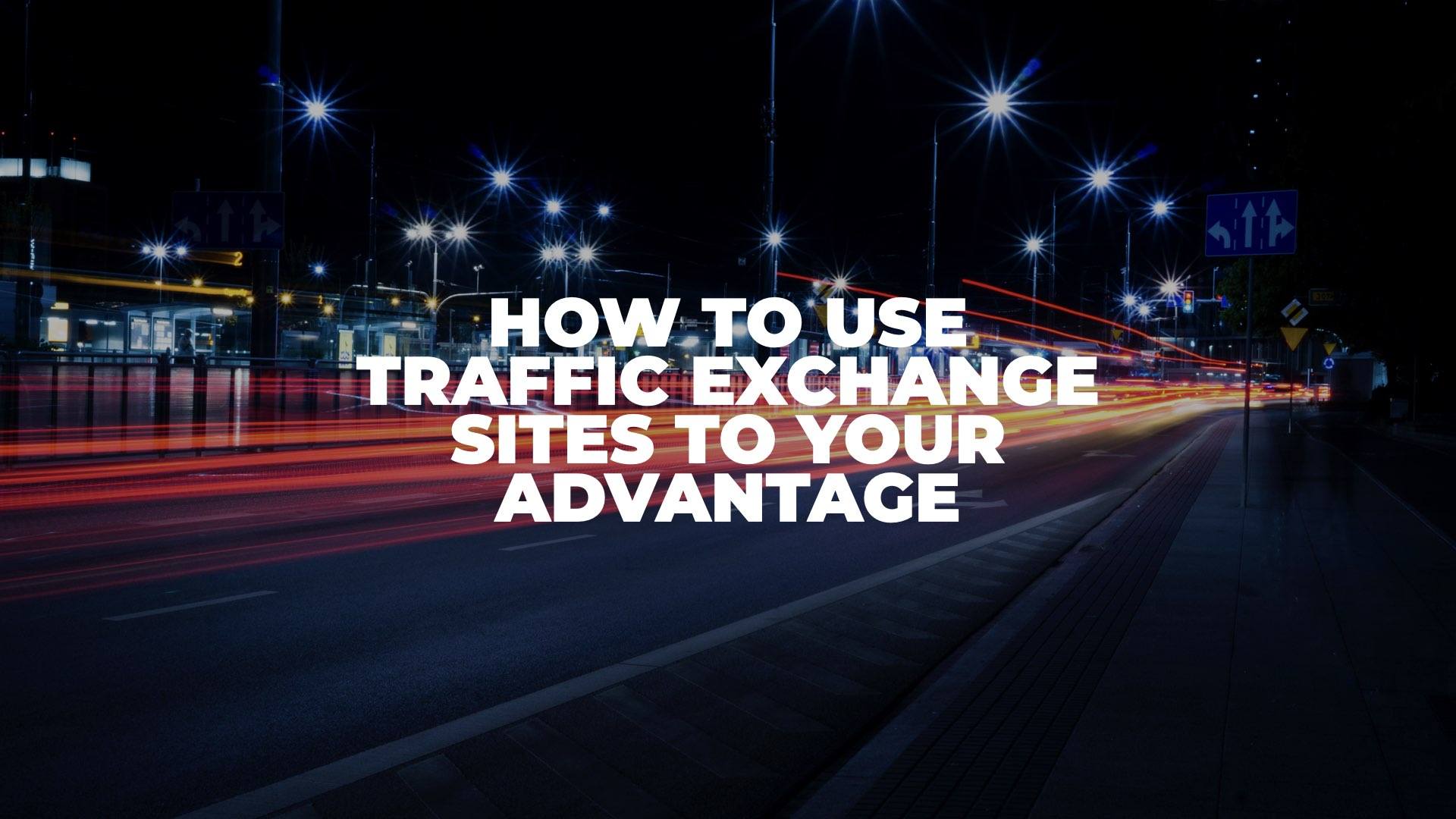
Anúncios
In this post, we would like to show you how to use traffic exchange sites to your advantage in 2022.
Despite many resources saying traffic exchanges don’t work, we can’t deny these sites exist. More importantly, they operate daily and have a lot of members using it to drive traffic.
Anúncios
HubSpot explains why you shouldn’t use traffic exchange services in one of their blog posts. If your website has Google AdSense running, you might get suspended, and your search ranking will drop.
However, we’d like to argue there is a way to use traffic exchanges and take advantage of it.
Anúncios
What are Traffic Exchange Sites?
Traffic exchange sites drive traffic to your site by visiting other people’s websites. In a sentence, it’s a mutual relationship. You do something and get something in return, in this case, traffic.
If you notice, this isn’t a bad idea, isn’t it? Imagine you are visiting 10 websites and getting 10 different people visiting your site. That’s pretty decent, right?
How do Traffic Exchange Sites work?
The way traffic exchange sites work is pretty straightforward. Usually, when you visit someone else’s site, you’ll receive credits or points. These points will be exchanged into a site visit to your website. You can think of 1 credit as 1 guaranteed visitor to your site.
By visiting hundreds of other people’s sites daily, you can get hundreds of visitors to your site every day, too. It’s actually that simple.
What are the examples of Traffic Exchange Sites?
According to The Ad Review, there are more than 20 traffic exchange sites—in both manual and auto surf options. However, one of the best traffic exchange sites we use is LeadsLeap. It is rated as the top traffic exchange by Ad Review. With more than 171,000 members, it’s one of the best traffic exchange sites on the internet.
Other than LeadsLeap, there are also Herculist, TrafficAdBar, and Cash Juice as an alternative. Sometimes, we also use them. But, to give you a better example of utilizing traffic exchange sites, we will use LeadsLeap to explain our argument.
How to use Traffic Exchange Sites?
There are pros and cons of using traffic exchange sites, and we’ve mentioned them in one of our posts. However, based on our experience, there is a catch on how to use traffic exchange sites to your advantage.
First, let’s look at the main reasons for not using traffic exchange sites.
- Your site might get penalized by Google, which will crash your search rankings.
- You might have a high bounce rate due to traffic exchange site members visiting your site within a few seconds.
- Your AdSense account might get suspended if Google finds out that you’re using artificial means of generating impressions and clicks to your website.
Did you notice the catch? If you didn’t, that’s fine. We’re going to tell you anyway. The catch lies in the word “your site.”
What if it’s not your site? What if it’s a landing page you create somewhere else to collect email leads? Would it be a problem? Obviously no, right?
What if it’s a sales funnel or affiliate offers? Is it going to be a problem for Google? Not at all.
Many people misinterpret getting traffic directly to their site via traffic exchange sites. You shouldn’t do that. It will definitely impact your site’s performance. Why? Because that’s not what traffic exchange sites are used for.
Traffic exchange is best used for:
- Driving traffic to a landing page.
- Collecting leads.
- Promoting online courses.
- Promoting affiliate offers.
If you’re using traffic exchange sites for these reasons, you’re already one step ahead of the competition. Why? Because many people are still using it to drive traffic to their website. However, there is also another catch which we’re going to talk about right away.
How do we use Traffic Exchange Sites?
You might be thinking, “I don’t run Google AdSense. Is it okay to drive traffic to my blog?”
Well, it depends.
When we first used LeadsLeap and Traffic Ad Bar, we mainly used them to warm up our website’s traffic. However, we do it with a limit in mind. Why? Because we don’t want to ruin our site’s bounce rate. A higher bounce rate means people are not interested in your content. That’s a sign for Google to not rank your site.
Here’s another catch. How can Google rank your site if it’s not yet indexed? That’s what exactly we’re talking about warming up your website’s traffic. So, we’re using traffic exchange sites for two different objectives: warming up your site’s traffic or driving traffic to your landing pages.
Warming up your website’s traffic
How much traffic do you need to warm up your website’s traffic? To be honest with you, we don’t have the exact number. However, we usually limit ourselves to 10 to 20 visitors per day until our post is indexed on Google.
If you’re using LeadsLeap, you can use it to track the number of real visitors to the site you are targetting. Take a look at this screenshot below.
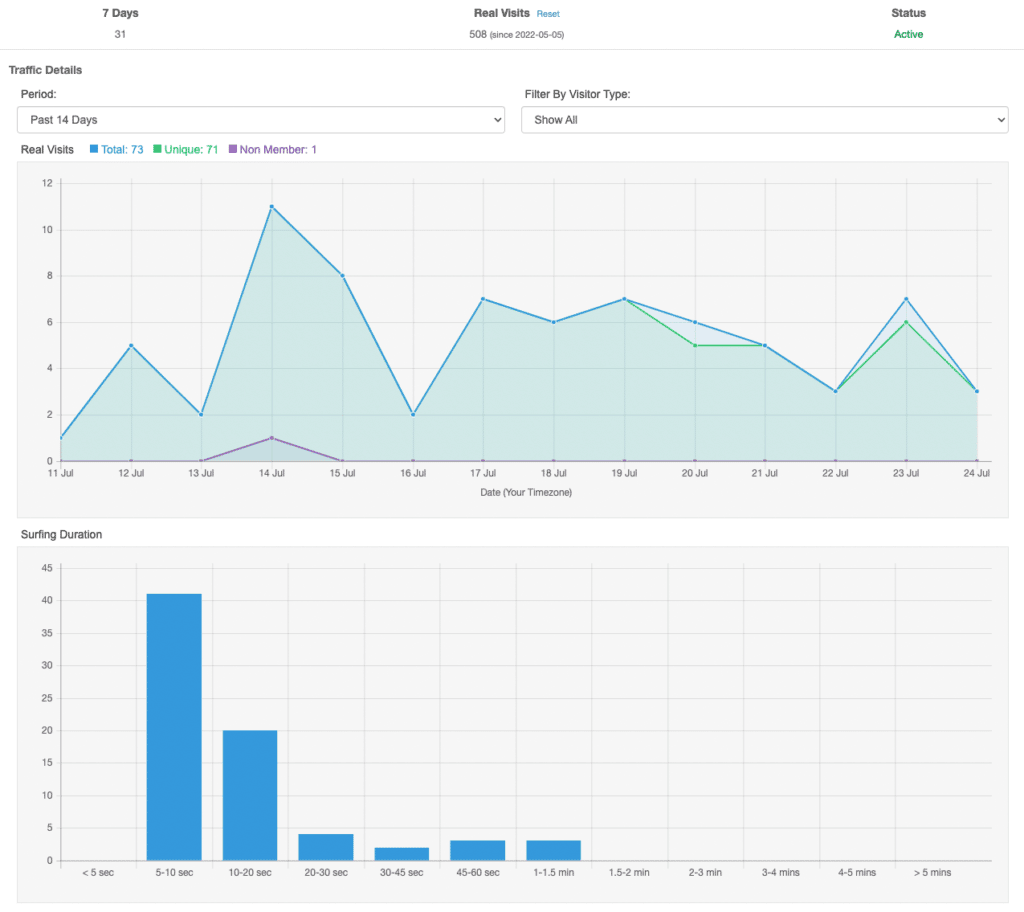
LeadsLeap has a tracker that allows you to differentiate between bot traffic and genuine human traffic. Moreover, you can also see your daily traffic and surfing duration. As you can see in the surfing duration chart, the number of people browsing through your site is significantly higher on the 5-10 seconds duration. This is why you need to limit the number of traffic if you intend to use traffic exchange sites to warm up your website’s traffic.
Drive traffic to your landing pages
The best way to use traffic exchange sites is none other than using them to drive traffic to your landing pages. Moreover, you can use it to collect leads, signups, or promote your affiliate offers.
However, if you intend to use one of your website’s pages, you’re still doing it wrong. Why? Because it will also affect your website’s performance in terms of search and rankings.
So, what’s the solution? Fortunately, LeadsLeap also allows you to create free landing pages. But, it’s not just a landing page. The URL for your landing page is a custom URL from LeadsLeap itself. So, you don’t have to worry about bounce rate or being penalized by Google.
Take a look at these two examples of our landing pages below.
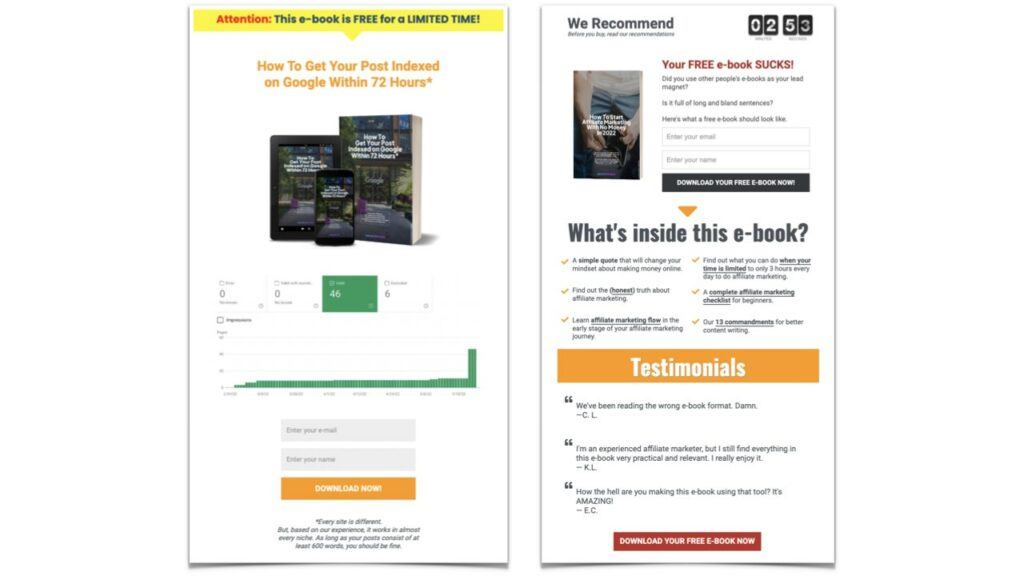
Now, take a look at the stats of both landing pages.
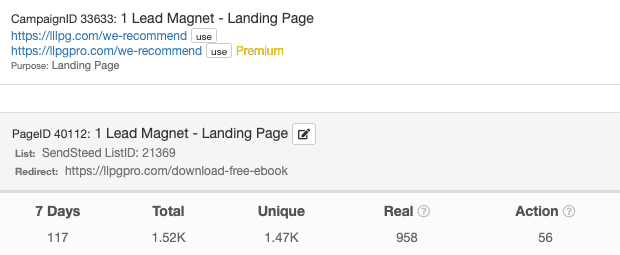
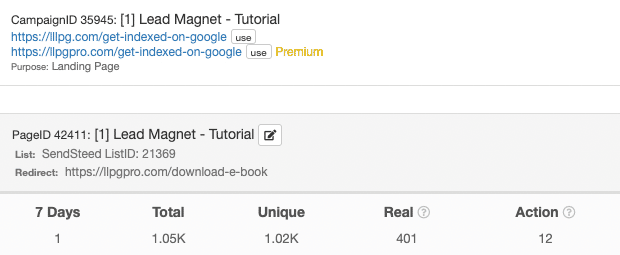
As you can see, LeadsLeap also provides a tracker to identify real traffic to your landing page. Moreover, you can also track how many people take action by entering their information on your landing page. In addition, if you take a closer look at the site address, it’s not our website. So, it doesn’t drive traffic to our site.
Pro Tip ????
If you upgrade to LeadsLeap Pro, you can promote 10 ads and generate up to 2,000 visitors per month on autopilot. It runs 24/7 non-stop.
Conclusion
To conclude our argument, you can use traffic exchange sites to your advantage if you use them properly. You can use it to warm your site’s traffic or drive traffic to your landing pages. Both ways work for us.
In addition, we can’t ignore the fact that everyone needs traffic. If you just started your website or blog, waiting for your post to get indexed on Google may take some time. That’s why it’s not a bad idea to put your site on traffic exchange sites, as long as you can limit the number of visitors to your posts.
Other than that, it’s best to use traffic exchange sites for your landing pages, lead capture pages, and affiliate offers. This way, you can use it to your advantage and not hurt your website performance.
So, what do you think? We’d like to know your thoughts on this. Feel free to leave a comment below.